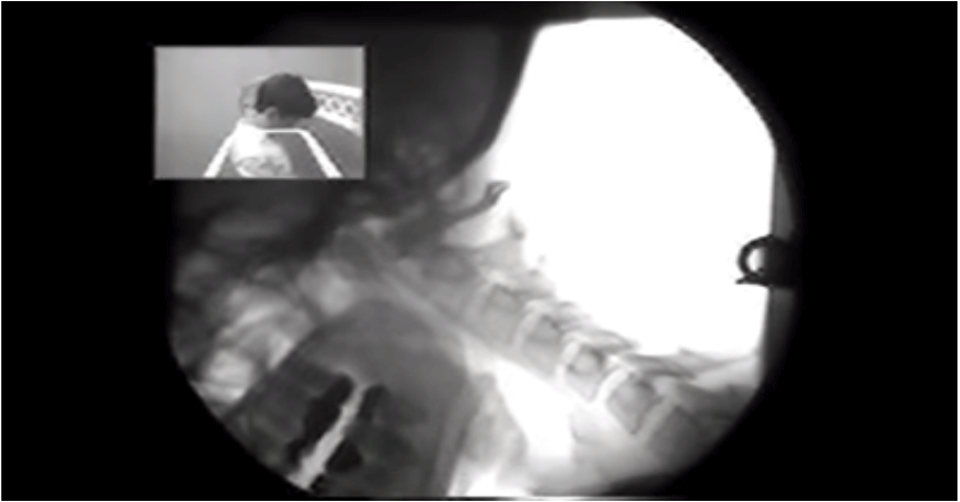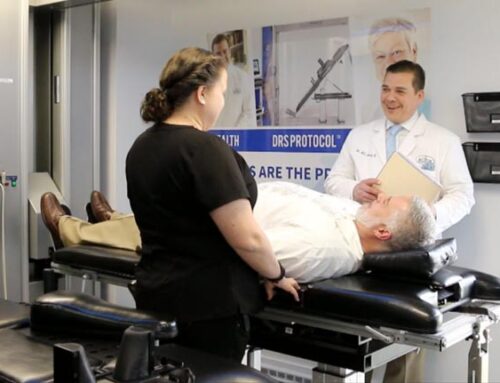Many years ago if you got hurt, you’d have an x-ray in the emergency room, only to find out nothing is broken. That’s good news, right? Not exactly. Especially if you’re feeling any pain.
An x-ray couldn’t tell you if you had a sprain or how bad it was because it couldn’t see the soft tissue well enough. With the digital motion x-ray, doctors can use the x-rays to evaluate an injury, even when it happens in the soft tissue.
Keep reading to discover how it works.
Soft Tissue Injury
When you think of an x-ray, you most likely think of a broken bone or a child who swallowed a small object. The pictures see dense objects, and the hard tissue of a radius or ulna in your arm is perfectly detectable on the imaging equipment. Likewise, the penny that your child swallowed is hard and shows up well in the scan.
You’ve gotten used to the idea that this type of scan can detect hard-tissue injuries, like fractures to the bone. But if you have a soft tissue injury, like whiplash, you’re out of luck.
An x-ray picture works because different parts of your body absorb different amounts of the electromagnetic radiation given off by the machine. Bones absorb the most radiation, but soft tissue absorbs less and shows up less clearly on the image.
Because of this, doctors felt handicapped for a long time because they couldn’t see the soft tissue to diagnose any problems. In a way, they still can’t see the actual tissue, but because digital motion x-rays create a video, they can still assess problems occurring in the soft tissue.
The Digital Motion X-ray and Movement
With digital motion x-ray technology, an x-ray can help with soft tissue injuries, despite their unclear presence in the image. Professionals can use the movement to determine whether there is a soft tissue injury and its extent.
DMX uses the same x-ray imaging technology as a regular x-ray machine, except that it takes more pictures. While it may look like you’re viewing a movie when you see your scan, in reality, it’s about 30 pictures per second. All together the pictures act like a flipbook, which means the doctor can see from the inside how you’re moving and how the movement could be causing pain.
They can use it for almost any joint to find out where you have abnormal movement and confirm your soft tissue injury. That also means they can provide solutions, like chiropractic adjustments, DRS, and other solutions to get you on the way to a full recovery.
Detecting Problems and Finding Solutions
The digital motion x-ray takes what doctors could do before and enhances it by incorporating video. This gives your doctor the evidence they need to learn about your soft-tissue injury and provide treatment for personal injuries such as a slip and fall or an auto accident.
This technology also improves the patient’s understanding of their injuries and what treatment can do for them.
Contact us for more on chiropractic treatment of soft-tissue injuries.





